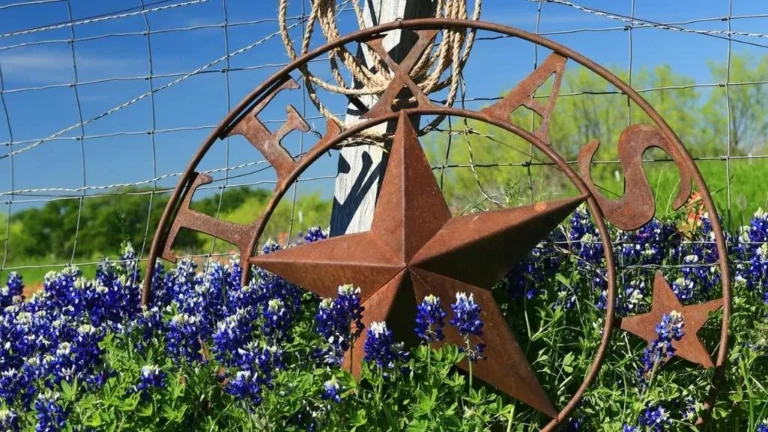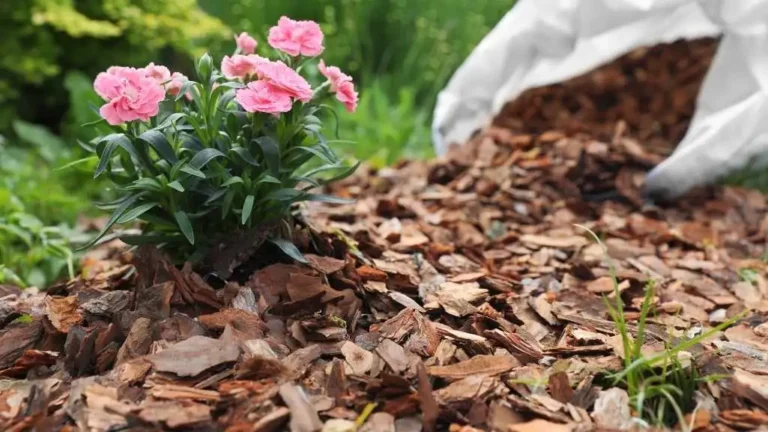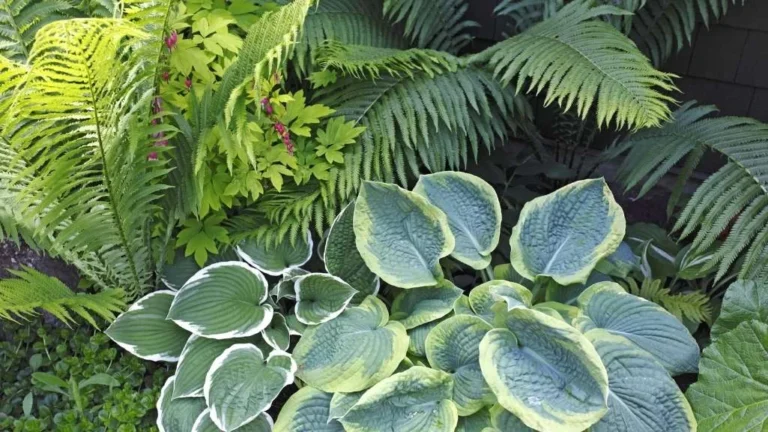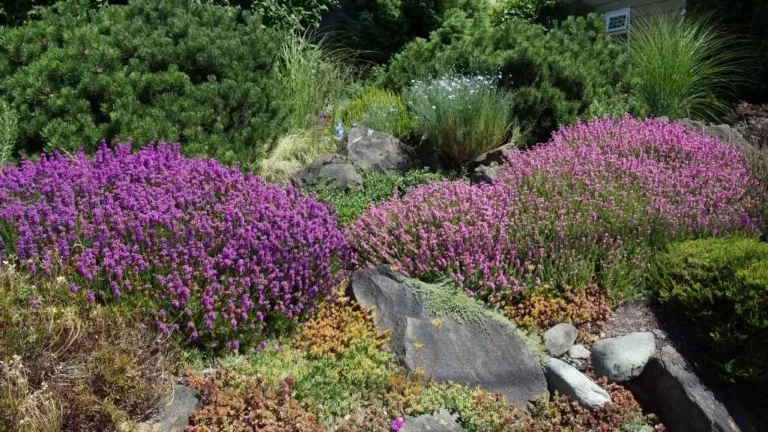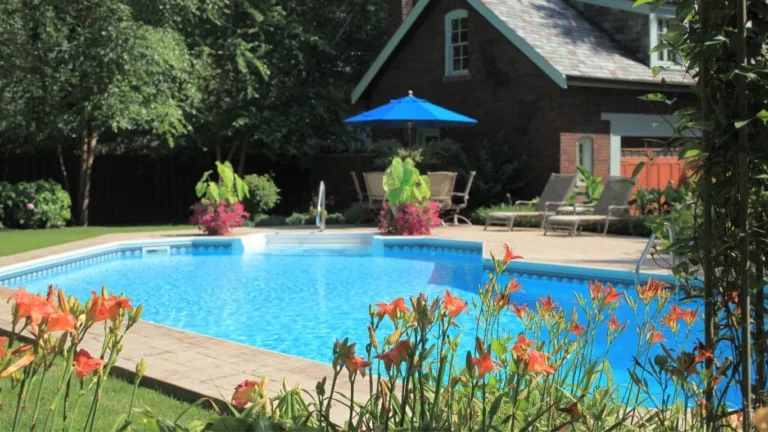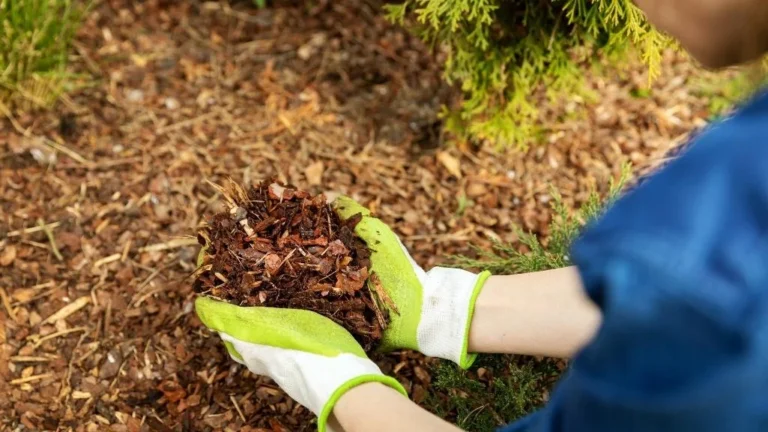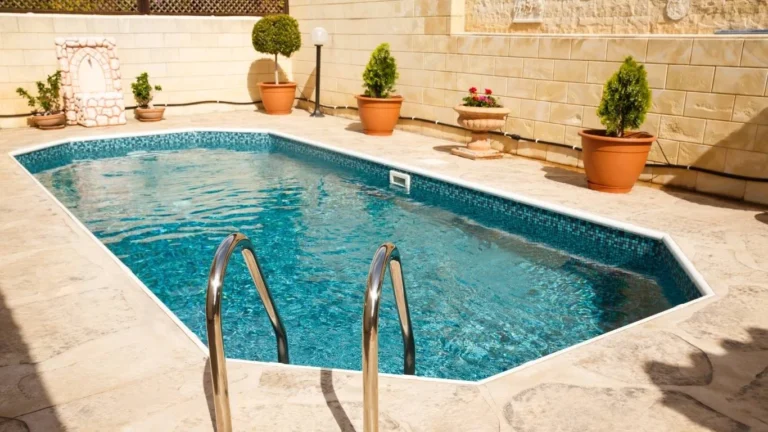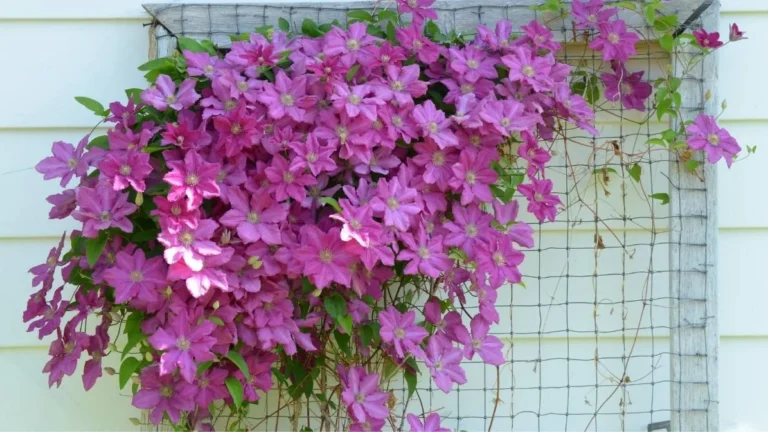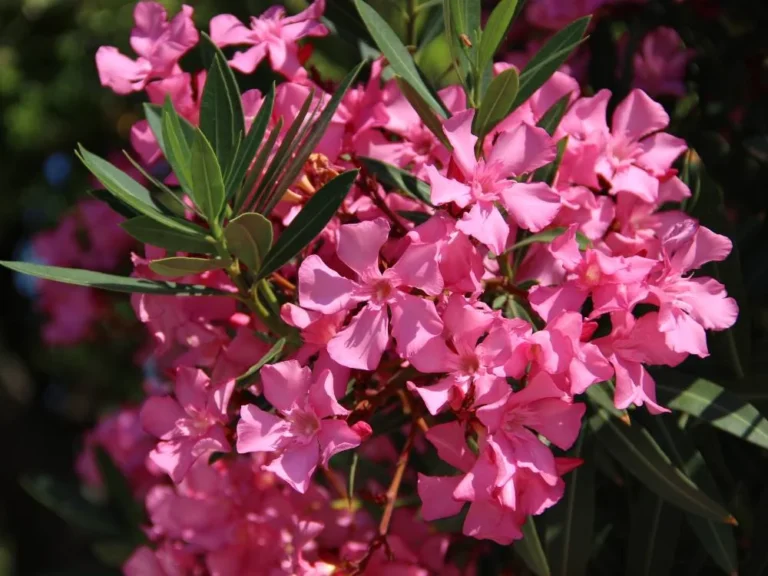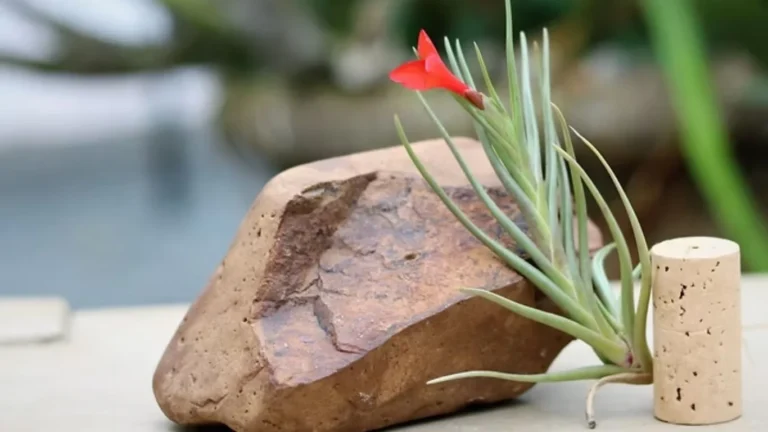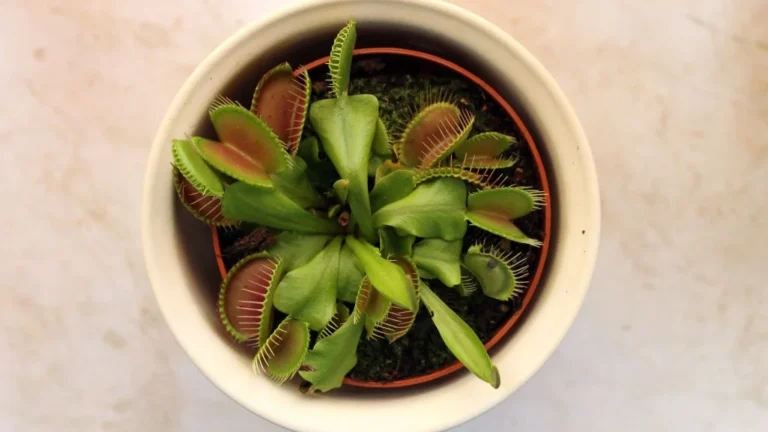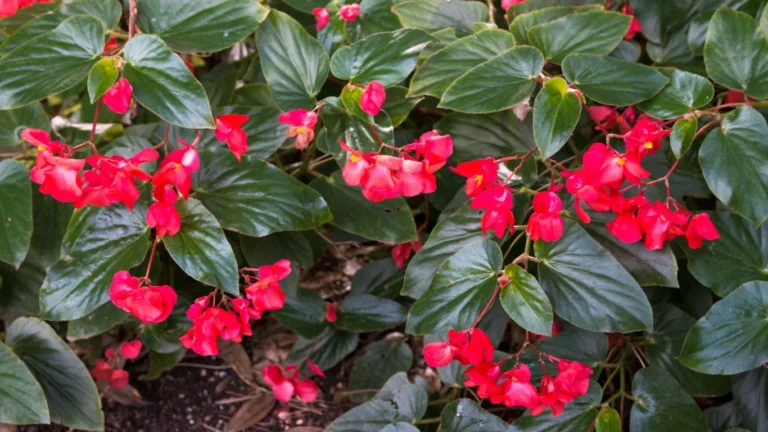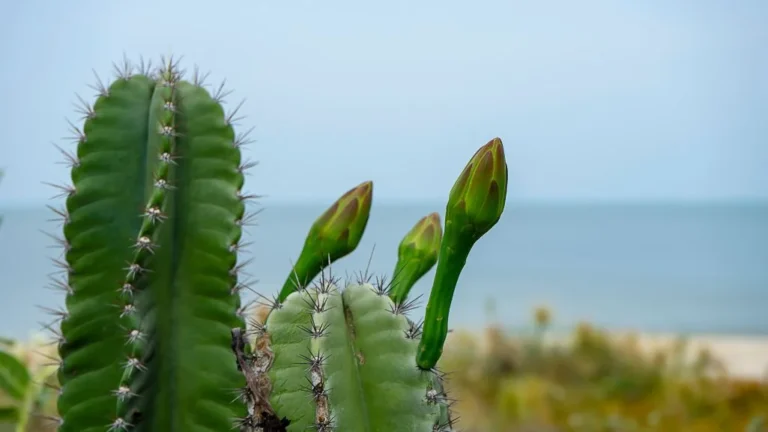Monstera Features
Scientific name | Monstera |
Family | Araceae |
Type of plant | Vine |
Common names | Split-leaf philodendron, Swiss chess plant |
Native | Central America |
Hardiness Zone | USDA zones 10 to 12 |
Caution: Monstera is toxic to pets and children.
Appearance
The Monstera plants (Swiss Chess Plants) have big heart-shaped, glossy leaves with holes or torn on them, which makes this plant different. Usually, this plant is seen as green in color, but in the case of variegated monstera plants, a split of green-white, green-pink, or a splash of creamy yellow on green leaves is also seen. This trailing plant can grow up to 6-10 feet with proper care.
Types of Monstera (Swiss Chess Plant)
There are different types of Monstera plants seen around the world in other variations, such as Monstera deliciosa, monstera adansonii, monstera obliqua, monstera karstenianum, monstera siltepecana, monstera pinnatipartite, monstera standleyana, etc.
Growing Conditions
Requirements for monstera at a glance
Elements | Requirement |
Sunlight | Bright indirect sunlight |
Temperature | 60-80degree Fahrenheit |
Humidity | 60-70% |
Soil pH | 5.5-7.0 |
Soil mixture | Well-drained and moist |
Container | Container with drainage hole |
Water | When the upper layer of the soil dries out |
Fertilizer | Once in 4 to 6weeks in summer and sparing |
Note: pH means the Potential of Hydrogen. Soil pH level indicates how acidic or neutral the soil is. On a scale of 1 to 10, 7 indicates neutral. A pH value of less than 7 means more acidity, and a pH of more than 7 indicates more basicity. Monstera needs acidic soil or neutral soil.
Soil Mixture
A loose-moist soil is necessary for a monstera plant that helps the roots to grow fast and avoids root rotting. The ideal potting mix of monstera contains an equal amount of gardening soil, coco-peat (for keeping the soil moist), and vermicompost or compost as fertilizer, which is quite similar to the monstera-potting mix. Adding perlite (optional) will increase rooting and ensure aeration and insulation in the potting mix.
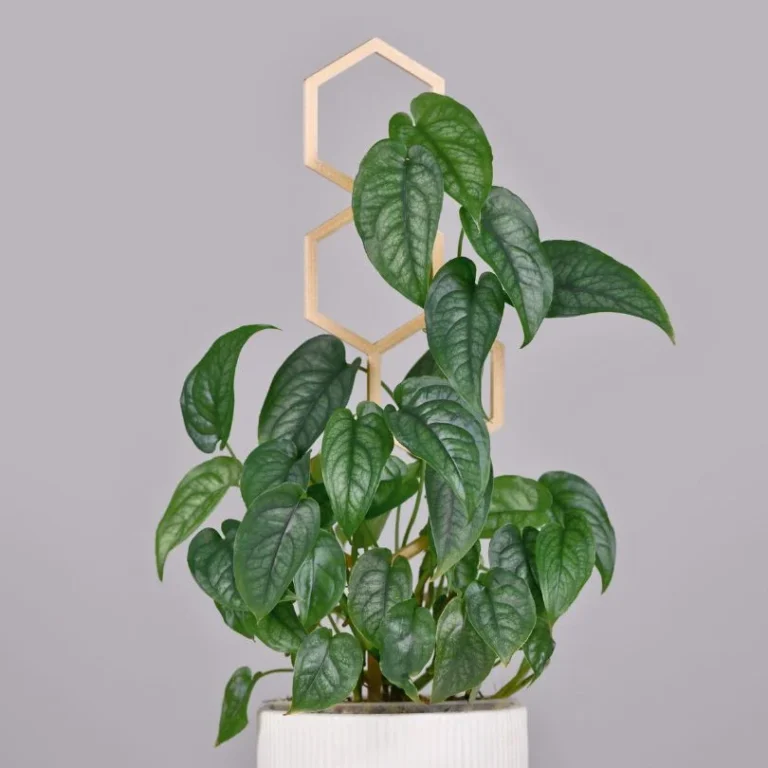

Container
Monstera deploys thick leaves, which need space in its container. So, while choosing a container for Monstera, remember the following things.
- Ensure the pot size is 30% bigger than the current size of the root system.
- Ensure drainage holes below the container. Otherwise, the plant may suffer from water-logging.
- When choosing the material of the container, this plant can be kept in any container. But keep in mind the lighting condition, humidity, and watering frequency. Terracotta and clay pots are suitable for aeration and soaking moisture from the soil. Terracotta and clay pots are best if lighting conditions are low and humidity and watering frequency are high. On the other hand, plastic pots are an excellent choice for high light conditions, low humidity, and water frequency levels.
- A hanging planter is a good option for trailing monstera like- Monstera adansonii.
- Monsteras’ can also be kept in a decorative cachepot, but in this case, ensure proper draining after watering the plant.
Sunlight
Monstera plant requires bright indirect sunlight. So, I keep my monstera 2 feet away from my north-facing window. Ensure the plant gets bright indirect sunlight; too much direct sunlight can burn the leaves. In the case of variegated monstera plants, about 3-4 hours of morning sunlight is good for keeping the variation intact. If the plant is kept in low light conditions, try to put it in a bright-light area for 2-3 days a week, or investing in a grow light is the best option.
Water
Monstera plants like moist soil, but not soggy. So, in that case, a finger dip or stick test works best if the soil doesn’t stick to your finger or stick; it needs to be watered. A moisture meter can also be used to check how much water the plant retains. Moist and well-drained soil ensures the plant’s healthy growth. Be cautious about waterlogging, which can kill your plant. While watering, ensure the entire root system has been watered thoroughly, and water passes through the drainage hole.
Fertilizer
As a native to tropical rainforests, monstera plants require more fertilizer than other houseplants. Fertilizers formulated for houseplants, nitrogen-based liquid fertilizer, or NPK 20-20-20, can be used monthly during summer and spring. Put fertilizer according to the instructions on the label, and make sure to dilute the fertilizer with water to avoid root burn.
Re-potting
Repotting means changing the plant’s existing container. In the following three cases, repotting has to be done.
- Generally, the pots provided by nurseries are small and made for convenient transportation. In that case, repotting is required.
- Root-bounding (means the roots become so dense that there is no more space for further growth for the roots).
- The current potting mix is too old and lacks sufficient nutrition to provide the plant. Leaf-yellowing, small leaves, and brown or rotted stems indicate the plant needs repotting.
Guidelines for re-potting
- In case of repotting after buying a new plant, wait a week to give the plant time to adjust to the new environment.
- Summer and Spring are the plant’s active growing seasons. So, do repotting in these seasons. Avoid winter for repotting, as this may kill the plant.
- Choose a container and potting mix with a good drainage system.
- Pour an optimal amount of water immediately after repotting (until the water comes out of the drainage hole).
- After repotting the plant, it needs some time to adjust to the new environment. This adjustment time helps the plant minimize the stress during repotting and lessen the risk of transplant shock.
- During this time, keep the plant in a stable environment away from direct sunlight and moisten the soil.
- Monitor the plant for signs of stress, such as dropping or yellowing leaves. If any sign is noticed, adjust the lighting environment or watering.
- After 7-10 days, the plant is ready for its regular care routine.
Pruning
Pruning is essential for almost all plants. Monstera plant also needs pruning for faster and bushier growth. Also, the plant requires pruning when any leaf turns yellow, brown, or black. The plant’s development may be stunted without pruning, and roots are bound. Prune the plant with a sterilized blade in any season except winter. Always remember to prune a stem with 3/4 nodes with which you can propagate another plant.
Pest
Spider mites, mealybugs, aphids, and fungus gnats can attack monstera plants. To prevent pests and insects, keep a regular eye on the plant and clean the leaves with neem oil or insecticide soap mixed with water.
Other Common Issues
- Many reasons, such as overwatering, underwatering, root bound, excessive sunlight, and lack of nutrition, can cause leaf yellowing. Inspect the plant, soil, and roots thoroughly for the reason. If the soil is too soggy, then it suffers from overwatering. On the other hand, if the soil is too dry, then it is underwatered. Signs of root bounds are the plant’s growth stunting, the water immediately coming out of the container, and the soil getting dry too frequently while watering. Lastly, if the plant has not been provided with fertilizer for a long time, it lacks nutrition.
- Leaves turning black is a sign of root rot. Which can be caused by overwatering or water stuck in the soil. In that case, immediate reporting is necessary with new dry soil and also cut the fleshy & mushy roots.
- Leaves turning yellow or edges of the leaves turning brown indicate excessive direct sunlight on the plant. Brown patches on the plant are also a sign of this issue. To solve this problem, keep the plant away from direct sunlight and maintain a 60-70% humidity level in the house.
- Droopy leaves are a sign of underwatering, overwatering, or being affected by pests.
- Slow growth of young monstera plants during summer and spring is a sign that the plant is not getting enough sunlight. Try to keep the plant under bright, indirect light.
- Montera leaves are not splitting, which is another common issue. If the plant is young, then it’s normal; keep patience. If the plant is mature, it is a sign that it is not getting enough indirect sunlight.
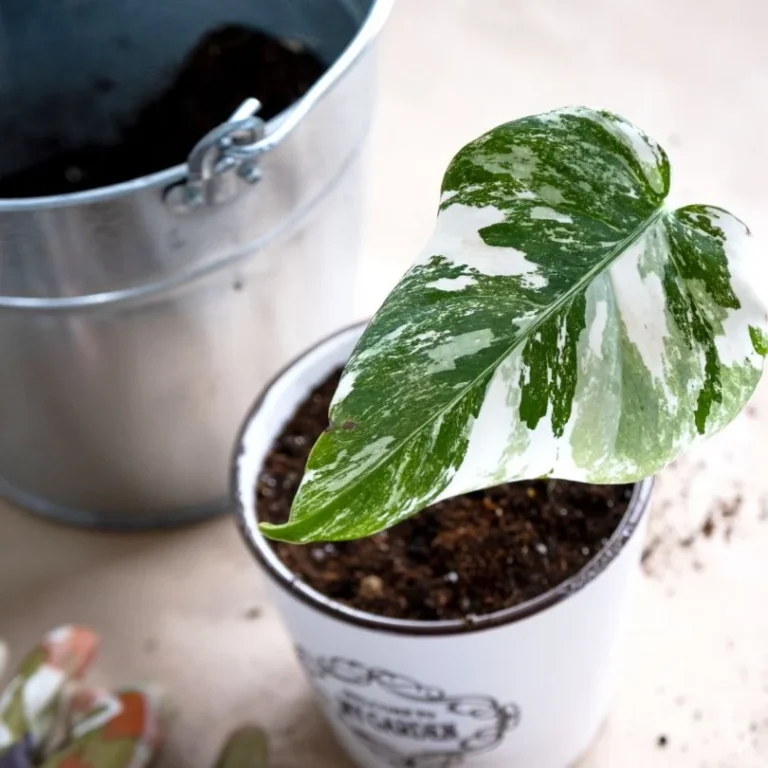
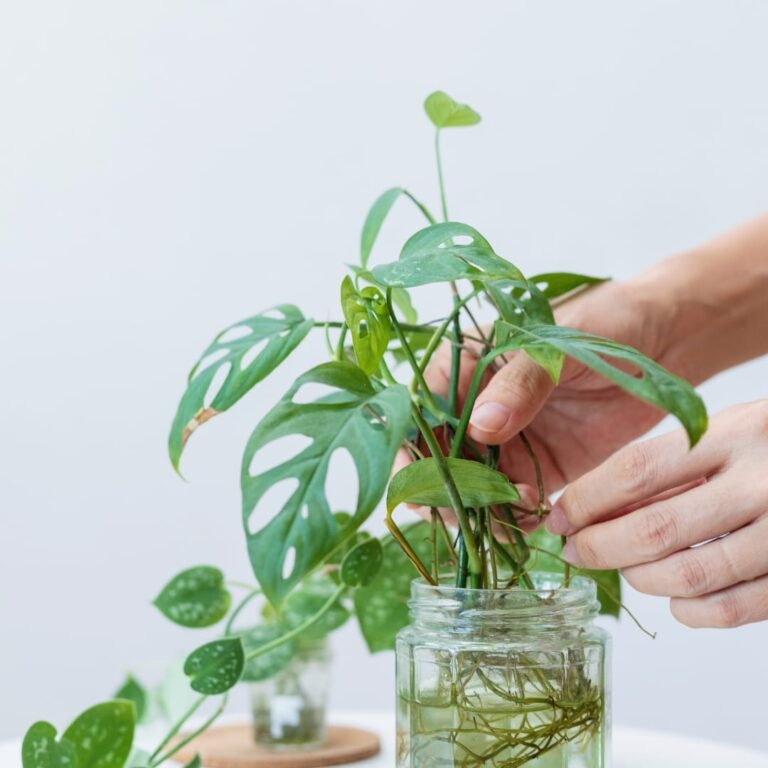
Propagation
Propagating monstera plants is relatively easy. There are three ways of propagating monstera: water and coco-peat or moss. For propagation, the first work is to cut a healthy stem from the mother plant. While cutting, make sure the stem has several nodes (the place from where aerial roots or leaves come out). Use a sterilized blade or pair of scissors to ensure a clean cut.
Water propagation
It is the most used way of propagation. The steps are as follows:
- After cutting a healthy stem, choose a jar and fill it with clean tap water. Put the cuttings into the water.
- Place the jar in a bright place where it will receive adequate light. Also, remember to change the water every week.
- Over the next few weeks, new roots will become visible.
- Once the roots are established, the plant is ready for transplanting into a well-drained potting mix.
Propagation using coco-peat or moss
Propagating monstera using coco peat is another easy way of propagating this plant. I find this process more convenient than water propagation.
- After cutting a healthy stem, as previously mentioned, dip the cutting in root hormones.
- Fill a container with drainage holes under it with coco peat or Spagna moss. Make small holes in the coco-peat using your fingers and put the cutting into the holes.
- Place the container in bright, indirect light and moisten the coco peat or moss. It would help if you also kept an eye on the coco peat to ensure it does not get waterlogged.
- After two weeks, the roots will become visible.
- Once the roots have matured, the plant should be potted in the perfect soil mixture.
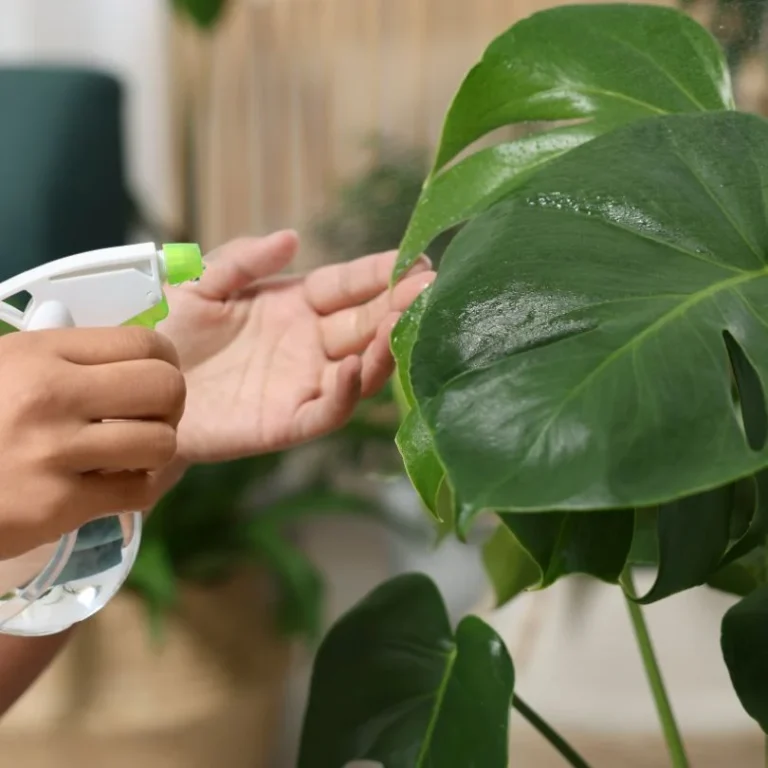
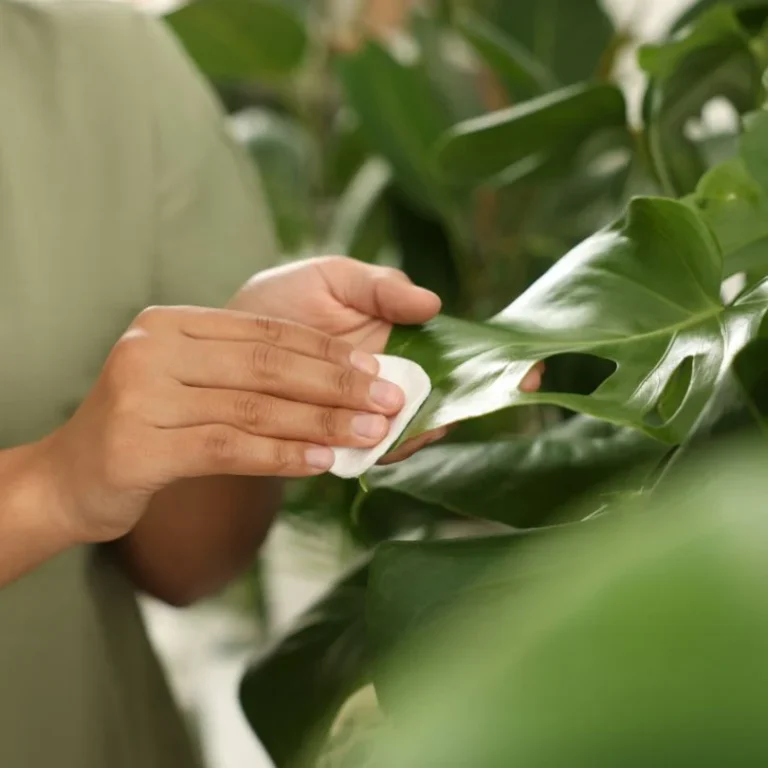
Tips for Monstera
- Keep the plant under bright indirect sunlight and face the leaves towards light.
- Wipe the plant regularly for good photosynthesis and healthy growth.
- Monstera plants are vining plants that like to climb with the help of their aerial roots. So, set up a coco pole or moss pole so the plant can get nutrition from its aerial roots. Remember to moisten the poles regularly.


